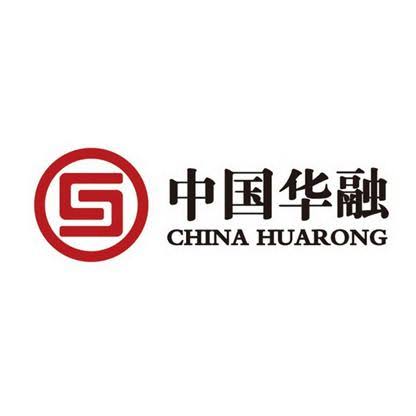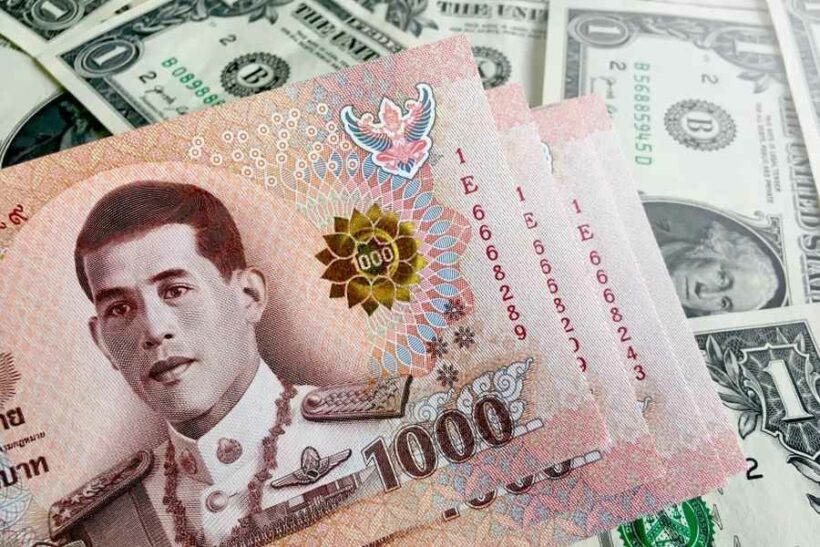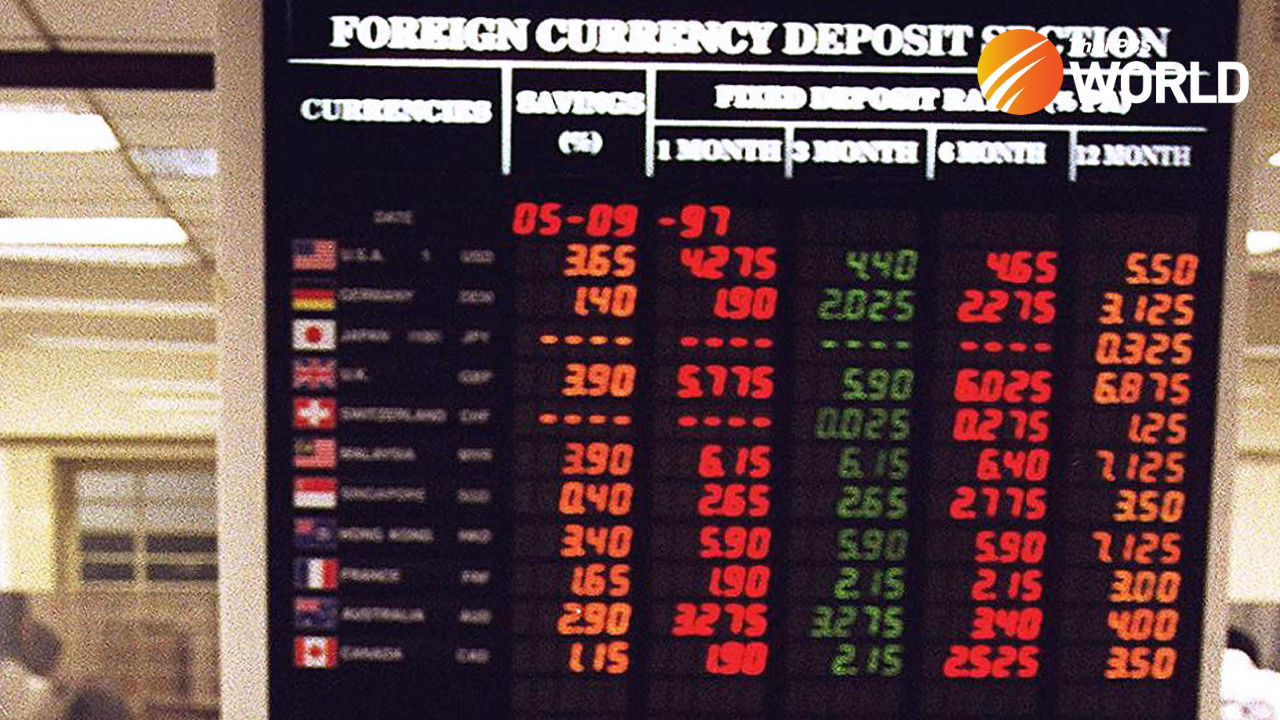China Huarong on NPAs management: NARCL and lessons for India on bad loans management

India’s new central bad bank, the National Asset Reconstruction Company Ltd NARCL, is all set for operation. Meanwhile, the Chinese government is struggling with one of its biggest bad bank China Huarong Asset Management Co Ltd. There is a lot that India can learn from the Chinese model of bad loans management as India is struggling with its own. Let’s have a closer look at the Indian situation-
India, as projected by RBI and care rating, will see a jump in Non Performing Assets (NPAs) beyond 13% to 15% by the end of the financial year 2021. The rise is 13% to 15% because of restructuring, write-offs, regulatory relaxations and loan moratorium.
The increase in NPAs owes itself to the COVID-19 pandemic, lockdown and stagnation in economic activities around the world.
A large number of banks and non-banking financial companies (NBFCs) are facing challenges in recovering loans because of rising economic stress due to unemployment.
The stressed assets are increasing because small enterprises in operating segments such as salons, taxis, restaurants etc., are hit because of sudden decrease in expenditure on non-essential items leading to negligible income. Top financial institutions like Bandhan Bank reported an 80% fall in net profit for the quarter, Bajaj finance reported higher NPAs and increased EMI bounce rate, Punjab National Bank’s quarterly report suggests the same. The correct number of NPAs will come forward after Supreme Court passes its verdict on bad loans and assets classification.
To gather more insight on NPAs and mutual funds optimism, read here
What is China Huarong Asset Management Co Ltd?
Also known as China Huarong, it is a state-owned financial asset management company that focuses on bad debt management. The AMCs–Chinese bank model, exist because of high saving rates, which are great for liquidity. It is one of the four asset management companies established by the Chinese government after the 1997 Asian financial crisis.
What was the crisis of 1997, and how did the Chinese deal with it?
The crisis of 1997 started after Thailand’s currency Baht collapsed, and Thailand was forced to float Baht because of a lack of foreign currency to support it against the US dollar.
This led to a chain reaction of capital flight internationally which grappled Asia and south-east Asia completely. Most Southeast Asia saw a slump in currencies, devalued stock, reduced asset prices and an increase in private debt.To deal with it, the Chinese government set up a bad bank for each of its four state-owned commercial banks.

These bad banks had to acquire non-performing loans (NPLs) from the banks and solve them within ten years. The Chinese hide their bad loans via financial rerouting, and the system to do that is well established. The NPLs are sold to bad banks at full price even though they’re mostly worthless, are financed with ten-year bonds. AMC issues these bonds to the state-owned banks with blessings from the government.
Since the NPLs are mostly worthless it is impossible to recover the amount in 10 years hence the bonds are extended for another ten years, suggesting a continuous bailout. AMCs buy 90% of the NPLs of commercial banks through direct loans or indirect financing instruments; the bad banks/AMCs resell these NPLs to third parties who are borrowers of the same commercial bank – what goes around comes around!
The AMCs are given privilege to borrow funds at a cheap rate and lend at a higher rate to recover the cost of and NPLs, but the catch-22 is AMCs do not release proper accounting details. There have been incidents where the Chinese ministry bought bonds from AMCs and the records have vanished. Even research by Ben Chareoenwong at the National University of Singapore confirms it.
After their success to restructure bad loans, their tenure was extended indefinitely in 2009. In 2012 Chinese government established one local bad bank for each province which was later extended to 2 local bad banks per province in 2016. By the end of 2019 the country has 59 local bad banks which is a shocking figure because bad banks represent distressed assets. The banks have a Chinese touch as market and bank models are opaque; hence AMCs are like a virtual locker where debts don’t stay or leave.
Why is China Huarong in the news? What went wrong with it?

China Huarong’s first mistake was increasing its tenure to infinity and expanding the scope of the original mandate. China Huarong, which was initially an asset management company, put its hands in all sorts of pies–in investment banking, real estates, security broking, insurance, high-return cross-border lending and opening lots of subsidiaries to support these operations. The companies that China Huarong lent money to went broke and series of losses followed. The AMC model was based on financial rerouting and hiding bad debts, therefore a structure created on this foundation was bound to collapse.
What can India learn from this?
The first thing that India should do is limit tenure and mandate of NARCL and other bad banks established for a particular purpose because institutions like NARCL are knee-jerk reactions to economic crisis like Covid induced stagnation. In such a situation, orderly disposal and liquidation of bad debts and loans via direct sales and securitisation are impossible. The commercial banks can transfer this burden on bad banks, who are specially established for this purpose and they can focus on increasing personal disposable income by upping lending activities.
The bad banks in the meantime, can gradually sell assets to the private sector and protect asset value so that there is no abrupt sale (which won’t generate optimum sale proceeds) in a crisis. International standards also mandate a limited tenure. The US had a bad bank in 1989 known as Resolution Trust Corporation that had a sunset clause in December 1996 which was preponed to 1995. The Swedish government established a Securum in 1993, which had a life span of 15 years, but in 1995 the Securum company proposed closure and in 1997, it was dissolved by the Parliament. Securum had disposed of 98% of its assets at the time of dissolution.
Banks must have a narrow mandate for operations and a clearly defined set of goals. The mandate must also provide a clear resolution strategy to dispose NPLs. It must not extend its operation as China Huarong did; it increased its operations by opening subsidiaries. The whole purpose of a bad bank is defeated when the economy faces financial threats.
Indian banks, after transferring bad debts to ARCs, are still prone to them because ARCs borrow funds from banks themselves. The banks continue to hold almost 70% of security receipts; security receipts are issued against 85% of bad loans sold to ARCs. Until bad debt is sold these security receipts are recorded as an investment in bank’s books of accounts on net asset value. Apart from this banks provision funds against these security receipts.
RBI bulletin in 2021 tightened bank provisioning by reducing bank holding of security receipts from 80% to 66%. Commercial banks, while liberalising foreign portfolio investment norms, do provisioning for bad debts.
The resolution or liquidation of bad loans should happen via the market and not through multiple bad banks. The Narasimhan Committee acknowledged ARCs as a bad bank, yet the SARFAESI Act of 2002 created a multitude of privately owned ARCs. Because of conflicting regulations AIF and ARC are treated equally even though they differ functionally. The establishment of NARCL, a centralised bad bank should solve the differences between the two categories.




